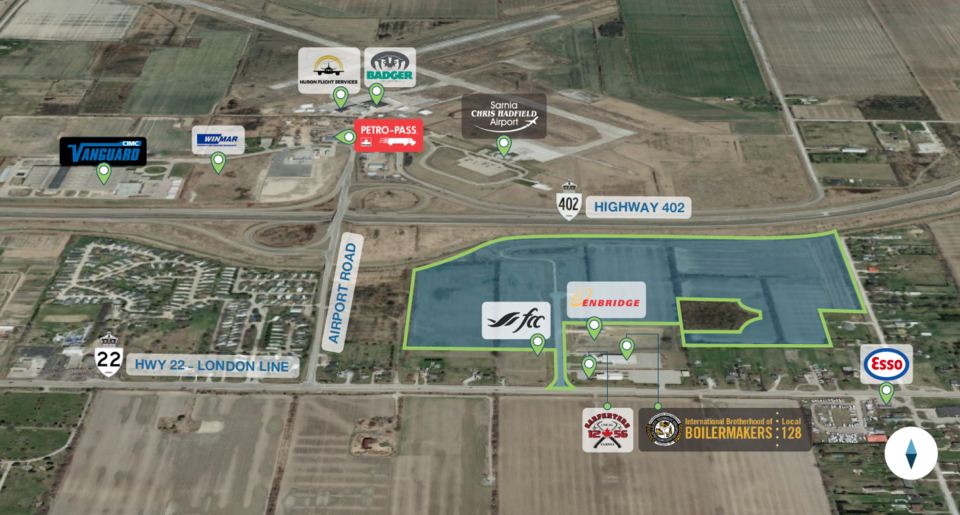In the latest chapter of “bureaucracy gone wild,” the Sarnia-Lambton Economic Partnership (SLEP) is asking the city to set aside $6 million to get our industrial parks to a so-called "investment-ready" state. On paper, it sounds like a win: make the parks shovel-ready, attract businesses, create jobs, boost property taxes, and everyone lives happily ever after. But dig a little deeper, and you’ll find a glaring question: why does it cost $6 million just to get land ready for businesses to operate?
The answer lies in the maze of red tape and conditions businesses face when they consider setting up shop in Sarnia. We’ve made starting a business here so costly and complicated that the city now needs to front millions of dollars just to remove those barriers. Instead of addressing the core problem—the layers of restrictions and delays—we’re essentially doing the work for businesses in advance, at public expense, to make the whole process palatable.
If you're a business eyeing Sarnia, you’re probably asking: will infrastructure be ready on time? Can we get utilities to the site without navigating a labyrinth of approvals? And the kicker: will we hit some unforeseen snag that delays everything anyway? These are valid questions, but they all point to a deeper issue—our system is fundamentally broken.
Compare this with neighbouring regions like Strathroy, Chatham-Kent, or St. Clair Township. They’ve streamlined their processes, invested strategically, and reaped the rewards with thriving industrial parks. But here in Sarnia, instead of learning from their playbooks, we’ve decided to throw money at the symptoms rather than cure the disease.
It’s as if we’re so enamored with the idea of creating jobs and boosting tax revenues that we’ve forgotten to ask if there’s a more logical way to achieve the same goal. What if, instead of spending $6 million to bring parcels to “investment-ready” status, we simply reduced the conditions and bureaucratic hoops that make them unappealing in the first place?
We could be asking questions like: why are approvals so slow? Why is infrastructure not already a given in designated industrial zones? Why is it easier for businesses to invest in other municipalities? But instead, we’re here, once again, proposing to throw millions at a problem that shouldn’t exist.
This approach isn’t just inefficient—it’s expensive. The proposed Competitive Market Analysis for Business Parks isn’t just a line item in a budget; it’s a glaring example of how we prioritize patchwork solutions over real reform. Yes, it’s great that we want to attract investment, but how about we start by making Sarnia an easier place to do business in the first place?
In the end, this isn’t just about business parks or tax revenue. It’s about what kind of city we want to be. Do we want to keep throwing public dollars at a broken system to lure investors here? Or do we want to be a city where businesses choose to come because the system works, because the conditions are fair, and because the barriers are few?
Let’s not spend $6 million putting Band-Aids on bullet holes. Let’s fix the system instead.
This article was created with support from advanced editorial tools and reviewed by our team to ensure accuracy and fairness. [Learn More]
